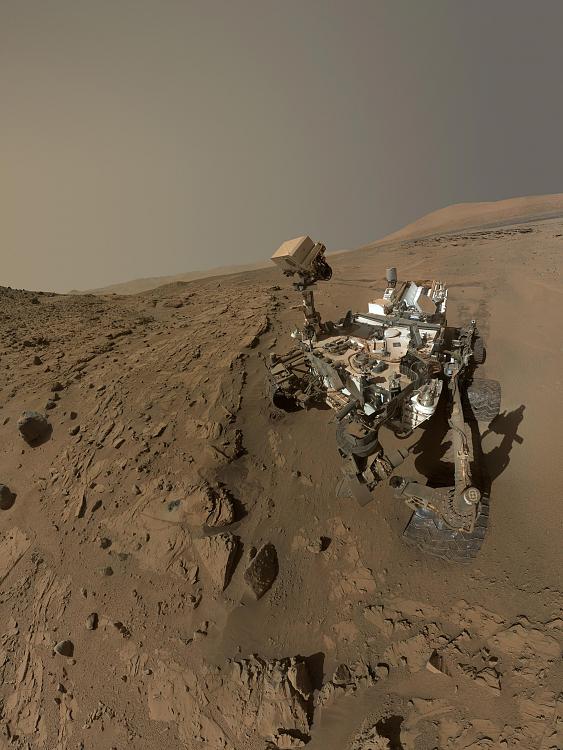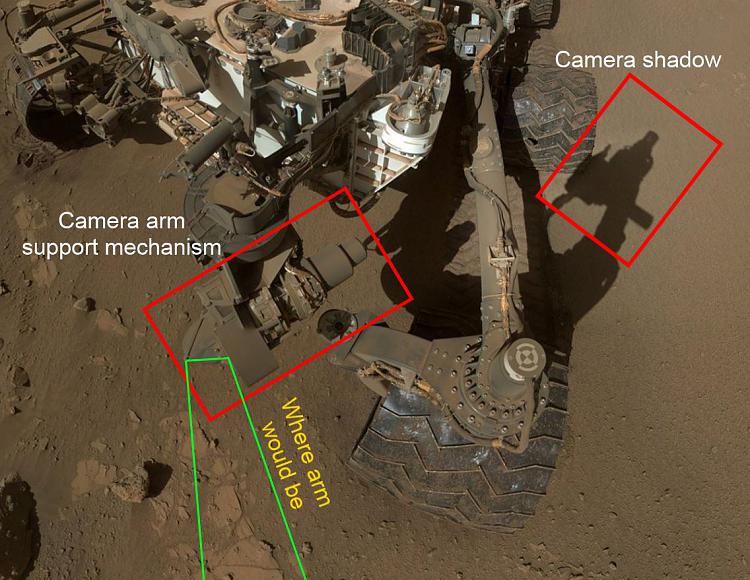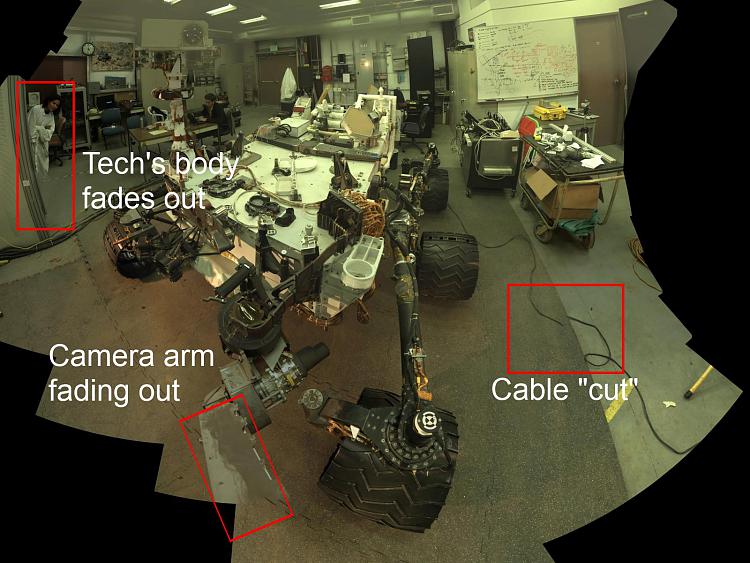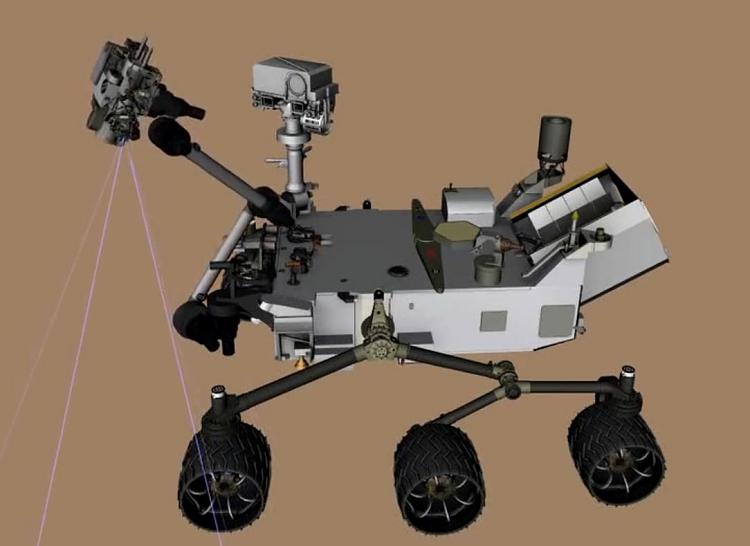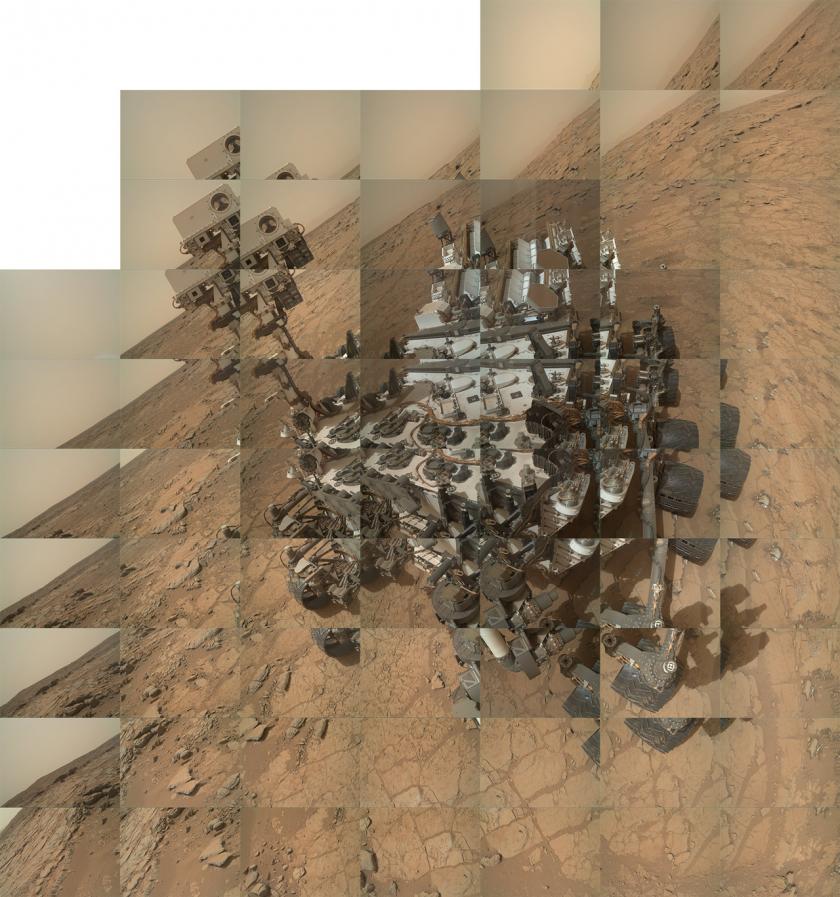New
#311
It is a good idea that the U.S. doesn't put all of their eggs *in one basket* and do not rely on Russia to ferry cosmonauts/astronauts to the ISS, or elsewhere.
For now, China, India, and the EU have the capability to boost a package to the ISS, its just a matter of reliability and diplomacy, so, the U.S. should do something, in the interim.
I'm just hoping that other matters of State can remain on the back burner, but Dream Chaser? How 'bout the ISS-TAXI?
~~~ ~~~~ ~~~~~ ~~~~~ ~~~~ ~~~
Since no one has posted the radar pics of 2014 HQ124, you may peruse this at your leisure:
You will see four repeats of the video; They are 18 to 20 frames in 11secs by my 'reckon (20frames in the lead Powerpoint)....Presentation goes to Powerpoint end at 0:42; Total time 0:52(Phys.org) —NASA scientists using Earth-based radar have produced sharp views of a recently discovered asteroid as it slid silently past our planet. Captured on June 8, 2014, the new views of the object designated "2014 HQ124" are some of the most detailed radar images of a near-Earth asteroid ever obtained.
An animation of the rotating asteroid and a collage of the images are available below.
The radar observations were led by scientists Marina Brozovic and Lance Benner of NASA's Jet Propulsion Laboratory, Pasadena, California. The JPL researchers worked closely with Michael Nolan, Patrick Taylor, Ellen Howell and Alessondra Springmann at Arecibo Observatory in Puerto Rico to plan and execute the observations.
According to Benner, 2014 HQ124 appears to be an elongated, irregular object that is at least 1,200 feet (370 meters) wide on its long axis. "This may be a double object, or 'contact binary,' consisting of two objects that form a single asteroid with a lobed shape," he said. The images reveal a wealth of other features, including a puzzling pointy hill near the object's middle, on top as seen in the images.
The 21 radar images were taken over a span of four-and-a-half hours. During that interval, the asteroid rotated a few degrees per frame, suggesting its rotation period is slightly less than 24 hours.
At its closest approach to Earth on June 8, the asteroid came within 776,000 miles (1.25 million kilometers), or slightly more than three times the distance to the moon. Scientists began observations of 2014 HQ124 shortly after the closest approach, when the asteroid was between about 864,000 miles and 902,000 miles (1.39 million kilometers and 1.45 million kilometers) from Earth.
Each image in the collage and movie represents 10 minutes of data.......
~~~ VIDEO ~~~
..........To obtain the new views, researchers paired the 230-foot (70-meter) Deep Space Network antenna at Goldstone, California, with two other radio telescopes, one at a time. Using this technique, the Goldstone antenna beams a radar signal at an asteroid and the other antenna receives the reflections. The technique dramatically improves the amount of detail that can be seen in radar images.
Read more at: Giant telescopes pair up to image near-Earth asteroid (w/ video)
~~~ ~~~~ ~~~~~ ~~~~~ ~~~~ ~~~
It's weird, I just noticed 2014 HQ124 looks like a potato I baked the other day.
First was disbelieve-ment, then I didn't know what to think,
, but it all worked out to a fine meal.
Ah....The mysteries of the Universe,
Clear Skies everyone, Happy Father's Day!
Steve



 Quote
Quote